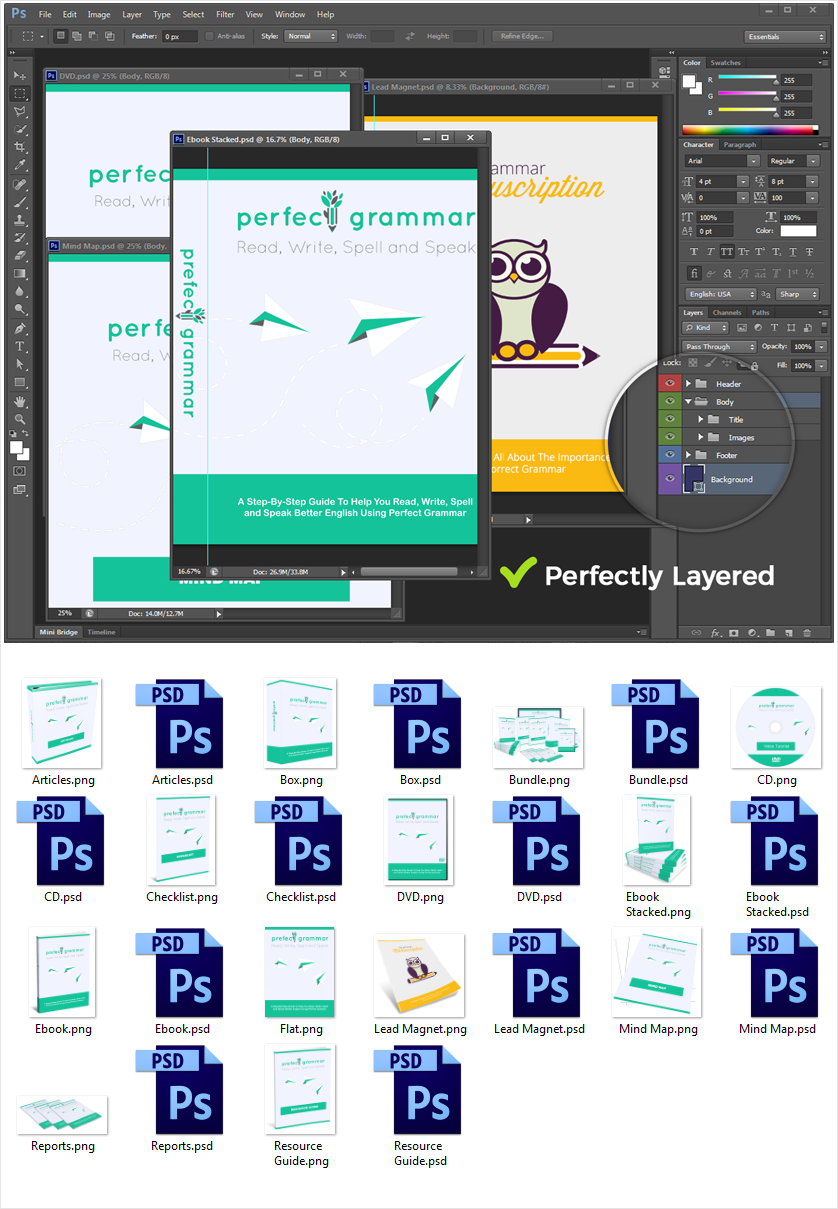

Raw file formats are extremely popular in digital photography these days, however, different camera manufacturers created different raw formats for their cameras, which means that not every raw file can be read by a variety of software applications. But at the end of the day, you have better chances to end up with greater image quality and not ruin your photos if you shoot in Raw. Although, I usually encourage my students to choose the correct camera settings before the images are taken – which will always save you post-production time. You can even assign color profiles (sRGB, Adobe RGB or ProPhoto RGB) to your images in your Raw converter (Adobe Lightroom, Camera Raw, etc.). You don’t have to worry too much about your White Balance settings and over- or underexposing a little bit as you shoot. Raw format captures most of the light and color information, offers greater control in post-production and there’s no image compression involved. Lossy data compression involves discarding some of the media’s data so that it becomes simplified enough to be stored within the desired disk space (Wikipedia on Compression Artifacts). While lossless compression preserves image information (colors, sharpness & detail) leaving the file size slightly larger, lossy compression, on the other hand, reduces the file size much further and discards a lot of image data, so the quality of the final image may suffer greatly. The downside of image compression is that it can be lossy.

Compressed files’ size is significantly smaller and allows us to send or upload them on the web, or simply have a higher number of images stored on a memory card or computer. One of the main criteria that distinguish different file formats is image compression.


 0 kommentar(er)
0 kommentar(er)
